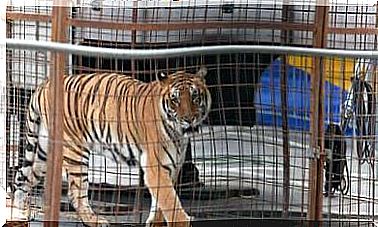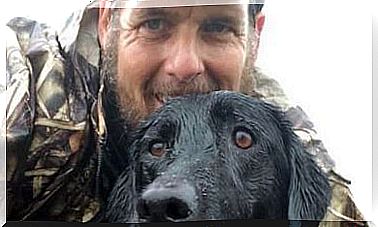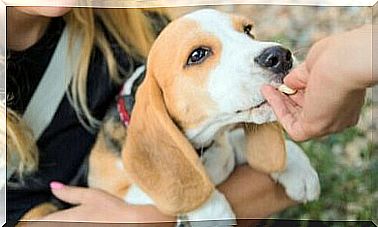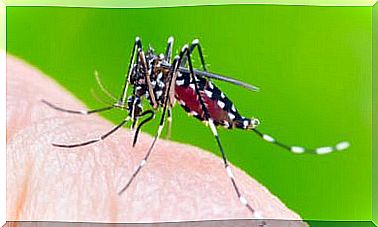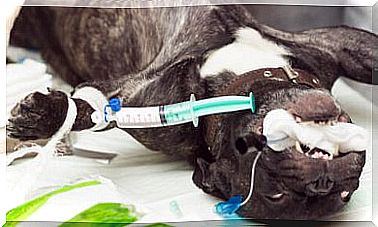Bohemian Predatory Species: Characteristics And Character
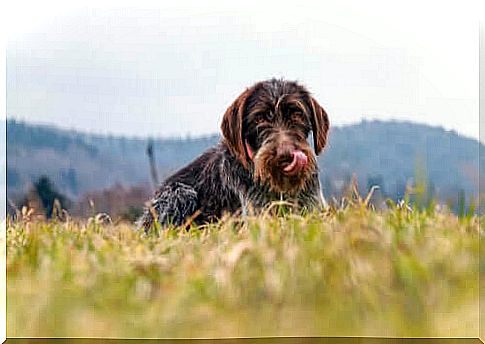
The Czech predatory dog breed is also known under the name Cesky Fousek. It is a loyal and friendly breed that has been nicknamed “the ideal hunting dog”. This is why the Bohemian predatory species is a very popular breed.
He comes from the old region of Bohemia, which now lives in the Czech Republic, but everyone thinks he is from France. References to the Bohemian hunting dogs believed to be descended from the Fousek can be found in documents dating back to the 14th century.
The political turmoil at the beginning of the 20th century was particularly violent in Eastern Europe. For the Cseky Fousek it was almost fatal. As the war widened in this region, its breeding came to a standstill. In 1918, at the end of the war, the Austro-Hungarian Empire ceased to exist and a new nation was created: Czechoslovakia. But the Fousek was almost extinct.
Even today there are few specimens of the breed, but they are very popular because of their skills as retrievers and pointers. Because of her loyalty and versatility, she has earned this popularity. The breed is especially popular in France: people loved the nose of this dog and its excellent hunting ability.
In 1887, the Bohemian predatory species was considered a consistent standard breed . The following year classes were organized for this dog in England.
It was inevitable that this adorable breed would become very popular. However, this popularity declined during World War II. Fortunately for pet lovers and hunters, however, the Bohemian predator regained its popularity after the war.

Bohemian species of predation: characteristics
His goatee is undoubtedly its most prominent feature. The shape and size make it the ideal pointer and retriever.
Its body is elongated and not very high and it can adapt to almost any terrain. His strength and endurance stand out in particular.
The fur is rough and always smooth and is also suitable for all terrain. It generally consists of an outer gray layer, long and smooth with brown spots.
The inner layer, on the other hand, is dense, soft and fine. It offers him protection in muddy terrain and even protects him from the cold. The movements of this breed are very quick and efficient.
Personality and temperament
A Bohemian species of predator is a very versatile animal: very lovable as a pet, but ruthless when hunting. As a family animal, he is very amiable, loyal and always ready to satisfy his reference people, to give them joy and to be nice to them.
He is also peaceful with other animals and even with strangers.
The bohemian predatory species also has a number of skills that make them very popular. It is a good dog in the field that points out the prey and brings it back and hunts particularly well in the forest and bog.
He also follows the hunter’s instructions and still acts independently.

He also hunts rats and mice in the house. Needless to say, this dog needs a firm hand to train and that it is not suitable for being kept in confined spaces as it needs a lot of space and exercise.
Bohemian species of predation: care and health
This breed loves to run, play, and jog in the field. She needs a lot of exercise every day to get rid of her energy.
To avoid hearing problems, keep your ears clean. The fur around the region of the auditory canal should be kept short.
You should brush the bohemian predator once or twice a week. It is also necessary to remove dead fur at least twice a year.
This breed can live outdoors as long as it is given a warm shelter. She has an average life expectancy of 12 to 14 years and rarely suffers from diseases.
However, hip dysplasia, external otitis, ectropion, and entropion can occur. In order to identify these problems in a timely manner, the veterinarian should order exams of the dog’s hips and eyes.



